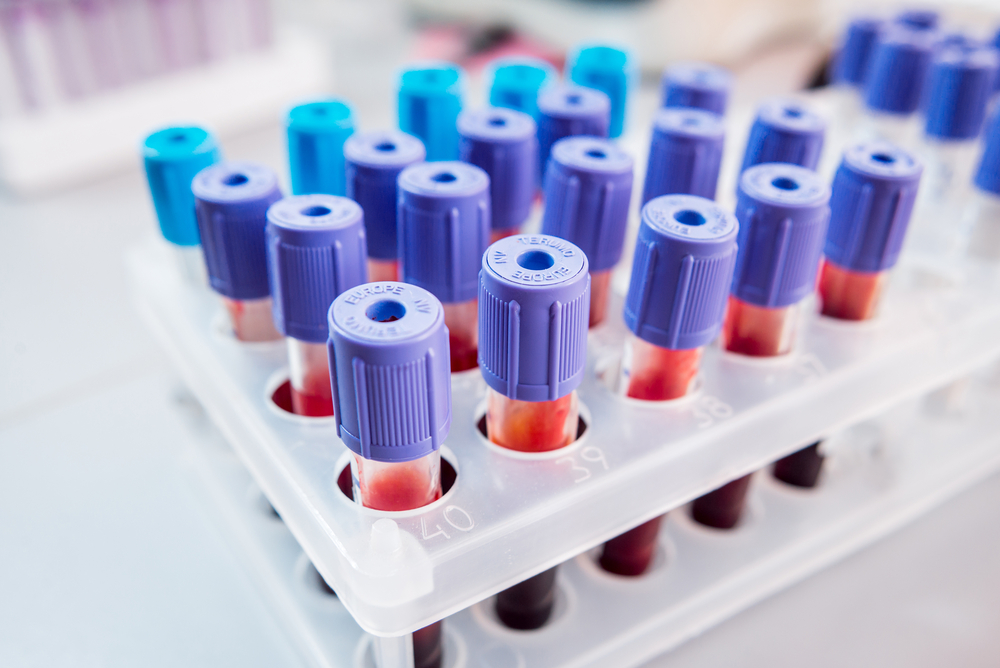#EAN2018 – Levels of Neurofilament Light Chain Can Predict Disease Progression in RRMS, Study Shows

Levels of neurofilament light chain are a reliable predictor of disease worsening and progression in relapsing-remitting MS (RRMS) patients, a new study shows. Moreover, treatment with Gilenya (fingolimod), marketed by Novartis, can reduce the levels of NfL for up to 10 years.
These findings were shared recently in the presentation “Long-term prognosis of disease evolution and evidence for sustained Fingolimod treatment effect by plasma neurofilament light in RRMS patients” (abstract on page 24), given at the 4th Congress of the European Academy of Neurology (EAN) that concluded June 19, in Lisbon, Portugal.
Increasing evidence suggests that the levels of a protein called neurofilament light chain (NfL) are increased in the blood and cerebrospinal fluid of patients with multiple sclerosis (MS).
NfL is exclusively present in nerve cells, and their progressive degeneration in MS promotes the release of NfL into the cerebral spinal fluid and blood.
Previous studies have suggested that measuring the NfL levels is a valuable tool to monitor MS progression and response to treatment, instead of brain magnetic resonance imaging scans.
Recently, a team of researchers investigated the prognostic potential of blood NfL levels by analyzing blood samples from RRMS patients participating in Phase 3 clinical trials, the Novartis-sponsored FREEDOMS trials — FREEDOMS (NCT00289978) and FREEDOMS II (NCT00355134) — and the TRANSFORMS (NCT00340834) trial.
In the FREEDOMS trials, patients were randomly treated with Gilenya or placebo, while in the TRANSFORMS trial researchers compared the effectiveness of Gilenya to that of Avonex (interferon β-1a), an FDA-approved therapy to reduce the number of flare-ups and MS disease progression. Patients in the TRANSFORMS trial were allowed to continue treatment with Gilenya until month 120 (10 years).
Researchers measured the levels of NfL in patients’ blood at the beginning of the trials, and then at specific intervals — months 6, 12, 24 and 120 — and correlated the results with patients’ outcomes.
Results showed that high levels of NfL could predict the time to first relapse, the accumulation of T2 lesions (white spots observed on magnetic resonance imaging and a sign of MS), and the rate of brain atrophy. Additionally, the levels of NfL correlated with markers of disease disability and disease progression.
In patients treated with Gilenya, NfL levels were reduced and remained low compared to levels in the beginning of the trial. NfL levels in the blood after 10-years of treatment reduced from 30.6 to 18.4 pg/mL.
Overall, “our data support the value of plasma NfL as a mid- to long-term prognostic biomarker of disease evolution and progression in RRMS. The reduction of NfL levels achieved by fingolimod [Gilenya] treatment was sustained over 10 years,” the team concluded.






